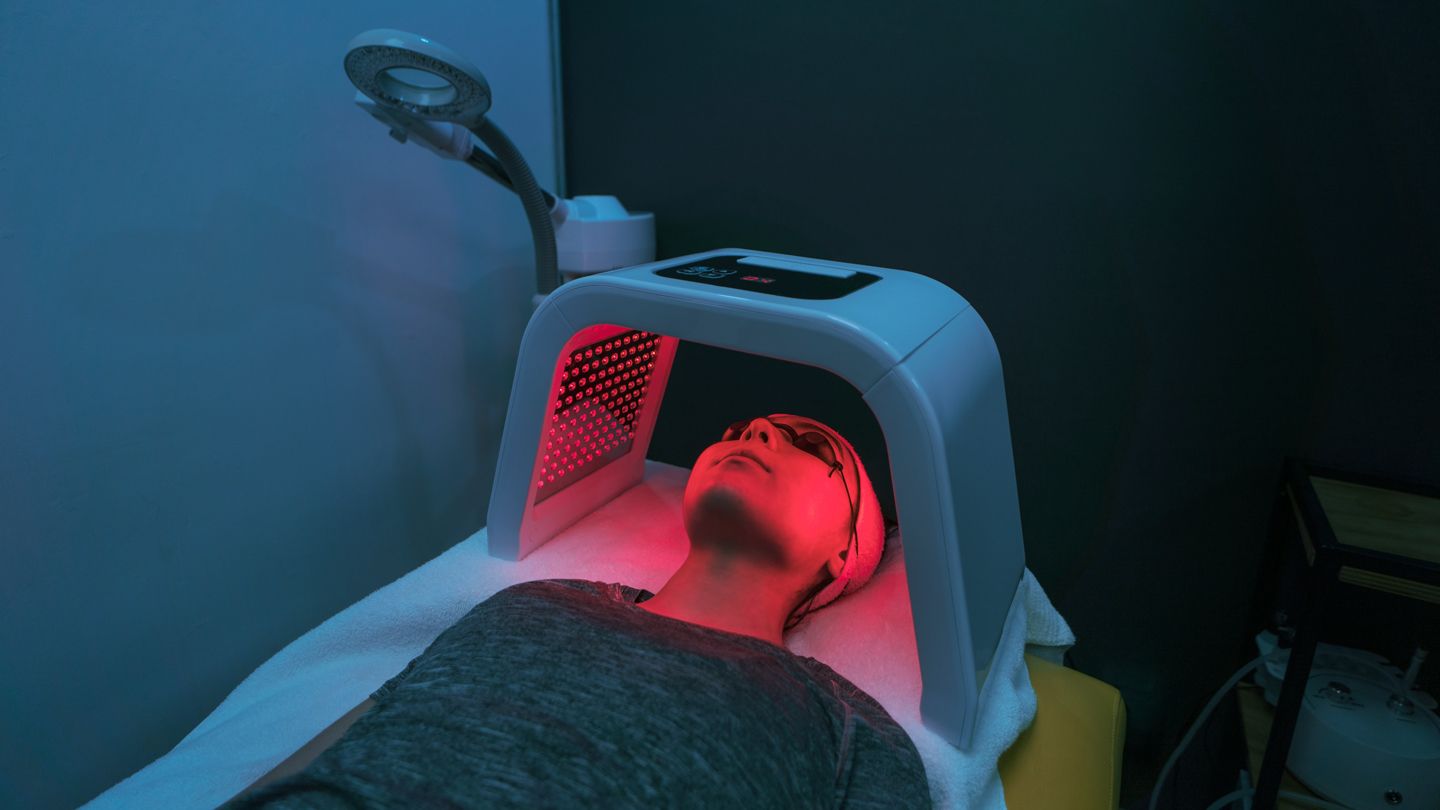In recent years, red light therapy has gained popularity as a non-invasive treatment option for various health and wellness concerns. Also known as low-level laser therapy (LLLT) or photobiomodulation (PBM), red light therapy utilizes specific wavelengths of light to penetrate the skin and stimulate cellular function red light therapy before or after workout. This therapeutic approach has found applications in skincare, pain management, and even mood enhancement. Let’s delve into the science behind red light therapy, its benefits, and how it is used across different fields.
Understanding Red Light Therapy
Red light therapy involves exposure to low levels of red or near-infrared light, which can penetrate the skin without causing damage. These wavelengths range between 600 to 1000 nanometers and are absorbed by the mitochondria in our cells. Mitochondria, often referred to as the powerhouse of the cell, convert light energy into cellular energy (ATP), which helps in various biological processes.
Health Benefits of Red Light Therapy
- Skin Health: One of the most well-known benefits of red light therapy is its positive impact on skin health. It can promote collagen production, reduce wrinkles, improve skin tone and texture, and aid in wound healing. Many dermatologists recommend it as a complementary treatment for conditions like acne, rosacea, and psoriasis.
- Pain Relief and Inflammation: Red light therapy has shown promise in alleviating pain and inflammation. It is used to treat conditions such as arthritis, muscle soreness, joint pain, and back pain. The therapy works by reducing inflammation and promoting circulation, which helps in faster recovery from injuries.
- Hair Growth: Research suggests that red light therapy can stimulate hair follicles, leading to improved hair growth in individuals experiencing hair loss or thinning. It is often used in conjunction with other hair restoration treatments for better results.
- Mental Health and Mood: Some studies indicate that red light therapy may have mood-enhancing effects by stimulating the production of serotonin and endorphins. It is being explored as a potential treatment for conditions like seasonal affective disorder (SAD) and depression.
- Wound Healing: By enhancing cellular repair and circulation, red light therapy accelerates wound healing processes. It is used in clinical settings to promote healing in surgical wounds, diabetic ulcers, and other types of skin injuries.
Applications of Red Light Therapy
- Medical Settings: Red light therapy is utilized in hospitals and clinics for treating chronic pain, promoting wound healing, and managing certain skin conditions.
- Aesthetic and Wellness Centers: Many spas and wellness centers offer red light therapy sessions as part of their skincare and anti-aging treatments.
- Home Devices: Portable red light therapy devices are available for home use, allowing individuals to benefit from its therapeutic effects conveniently.
Conclusion
Red light therapy continues to be studied for its wide-ranging health benefits and applications across different fields. While more research is needed to fully understand its mechanisms and long-term effects, current evidence suggests that it is a safe and effective treatment option for various conditions.
